Key Technologies of Fuel Cells and Their Impact on New Energy Development
DOI: 10.23977/jeeem.2025.080104 | Downloads: 18 | Views: 937
Author(s)
Yantong Ding 1
Affiliation(s)
1 School of Automobile Service Engineering, Shanghai Normal University Tianhua College, Shanghai, 201815, China
Corresponding Author
Yantong DingABSTRACT
Fuel cells are considered to the best alternative to conventional batteries. By analyzing the different technical features of fuel cells compared to conventional batteries, we can determine whether fuel cells should be used as the primary source of electric power. It also analyzes the methods of using fuel cells for secondary use to better argue the advantages and disadvantages of fuel cells. Meanwhile, this paper also considers the application and cost of fuel cells to think about alternative methods of energy and their feasibility. We can also gain a complete understanding of the architecture of a fuel cell by examining its defects and the form of energy it produces. Therefore, fuel cells provide a cleaner, more efficient, and more energy-efficient power system for vehicles. In conclusion, fuel cells are highly likely to become the mainstream energy battery and power system. This article has drawn its conclusion that the title of the article should be standard based on different articles and reports.
KEYWORDS
Fuel cells, alternative energy, plug-in hybrids, transmission efficiencyCITE THIS PAPER
Yantong Ding, Key Technologies of Fuel Cells and Their Impact on New Energy Development. Journal of Electrotechnology, Electrical Engineering and Management (2025) Vol. 8: 20-29. DOI: http://dx.doi.org/10.23977/jeeem.2025.080104.
REFERENCES
[1] He Shifei. "China's carbon dioxide emissions are entering a period of slow growth."[N]. International Business, 2022-08-17(004).
[2] Lu Yanwen. "Investigation of Effective Measures for Achieving Carbon Neutrality Based on Ecosystem Carbon Cycle." [J]. Resources Economization & Environmental, 2024, (09):144-147.
[3] Pang Lingyun, Wen Hui, Chang Jing, et al. "Pathway of Carbon Emission Peak for China's Petrochemical and Chemical Industries." [J]. Research of Environmental Sciences, 2022, 35(02):356-367.
[4] "The Net-Zero Standard". Science Based Targets. Retrieved 2023-12-13.
[5] Zahoor, Aqib, et al. "Can the new energy vehicles (NEVs) and power battery industry help China to meet the carbon neutrality goal before 2060?" Journal of environmental management 336 (2023): 117663.
[6] Gambuti, Raffaele, et al. "Electric vehicle trip planning integrating range constraints and charging facilities." 2015 23rd Mediterranean Conference on Control and Automation (MED). IEEE, 2015.
[7] Akinyele, D. O., and R. K. Rayudu. "Sustainable energy technologies and assessments." Review of energy storage technologies for sustainable power networks 8 (2014): 2213-1388.
[8] Thomas, C. E. "Fuel cell and battery electric vehicles compared." international journal of hydrogen energy 34.15 (2009): 6005-6020.
[9] Li, Wei, et al. "Defect engineering for fuel‐cell electrocatalysts." Advanced Materials 32.19 (2020): 1907879.
[10] Fuel Cells for Energy Security Published Dec. 3, 2012
[11] https://www.erdc.usace.army.mil/Media/Fact-Sheets/Fact-Sheet-Article-View/Article/476732/
[12] Burke, Andrew F. "Batteries and ultracapacitors for electric, hybrid, and fuel cell vehicles." Proceedings of the IEEE 95.4 (2007): 806-820.
[13] Kotak, Yash, et al. "End of electric vehicle batteries: Reuse vs. recycle." Energies 14.8 (2021): 2217.
| Downloads: | 5503 |
|---|---|
| Visits: | 288405 |
Sponsors, Associates, and Links
-
Power Systems Computation
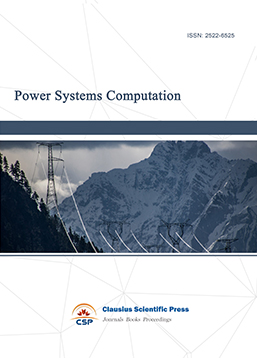
-
Internet of Things (IoT) and Engineering Applications
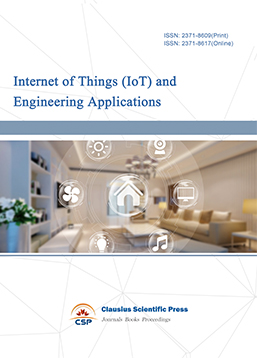
-
Computing, Performance and Communication Systems
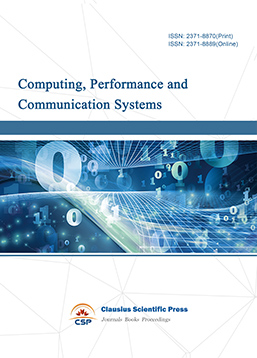
-
Journal of Artificial Intelligence Practice

-
Advances in Computer, Signals and Systems
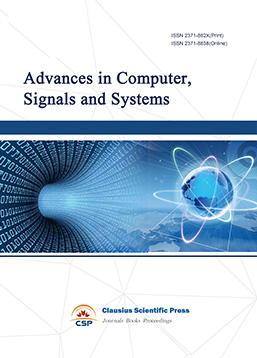
-
Journal of Network Computing and Applications
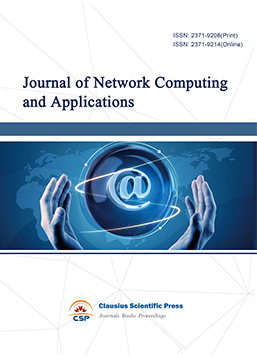
-
Journal of Web Systems and Applications
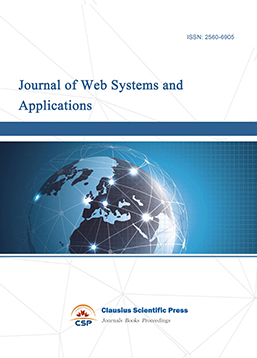
-
Journal of Wireless Sensors and Sensor Networks
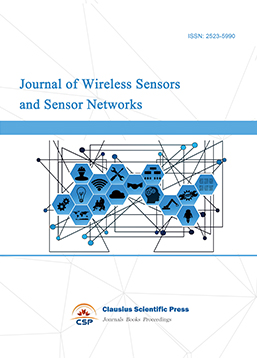
-
Journal of Image Processing Theory and Applications
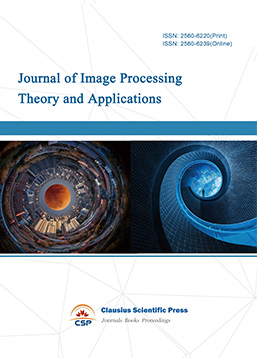
-
Mobile Computing and Networking
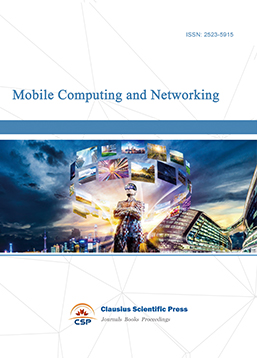
-
Vehicle Power and Propulsion
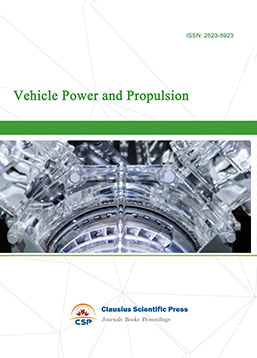
-
Frontiers in Computer Vision and Pattern Recognition
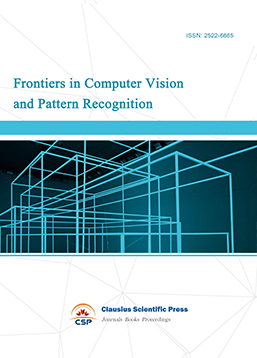
-
Knowledge Discovery and Data Mining Letters
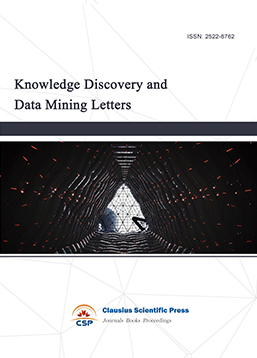
-
Big Data Analysis and Cloud Computing
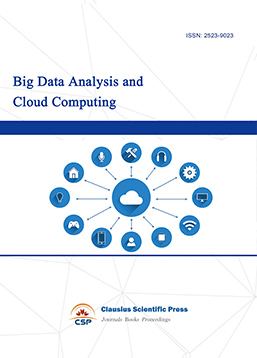
-
Electrical Insulation and Dielectrics
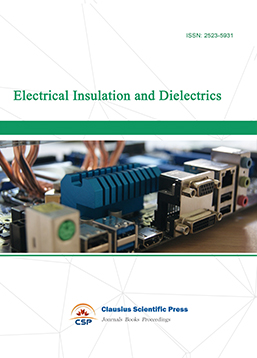
-
Crypto and Information Security
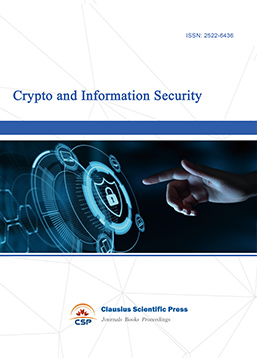
-
Journal of Neural Information Processing
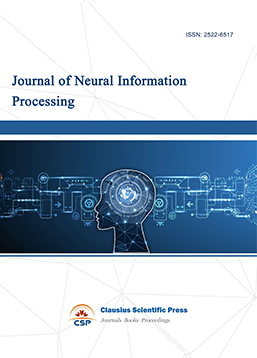
-
Collaborative and Social Computing
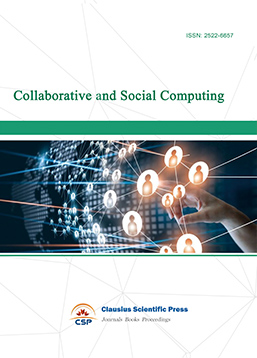
-
International Journal of Network and Communication Technology
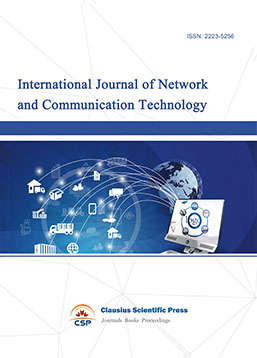
-
File and Storage Technologies
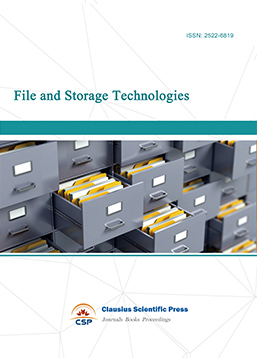
-
Frontiers in Genetic and Evolutionary Computation
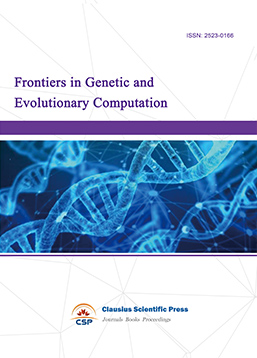
-
Optical Network Design and Modeling
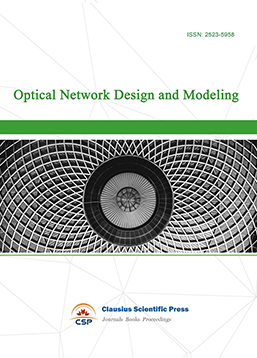
-
Journal of Virtual Reality and Artificial Intelligence
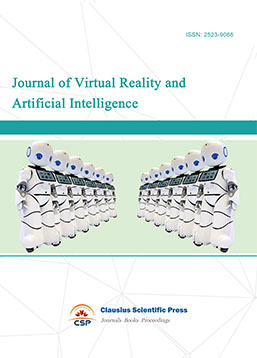
-
Natural Language Processing and Speech Recognition
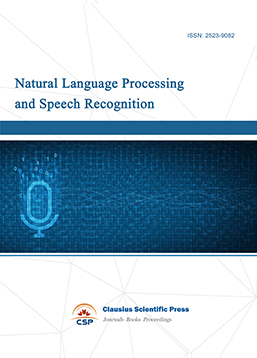
-
Journal of High-Voltage
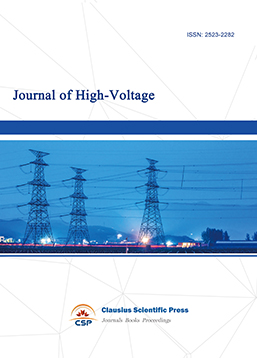
-
Programming Languages and Operating Systems
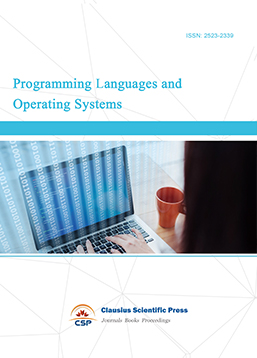
-
Visual Communications and Image Processing
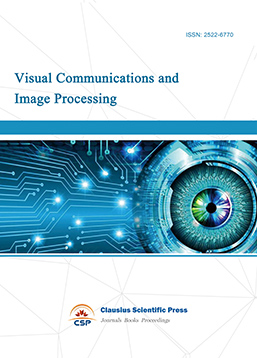
-
Journal of Systems Analysis and Integration
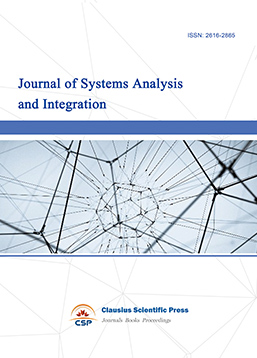
-
Knowledge Representation and Automated Reasoning
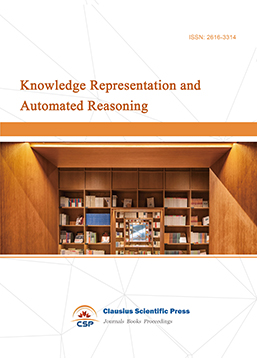
-
Review of Information Display Techniques
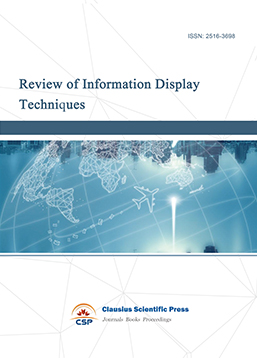
-
Data and Knowledge Engineering
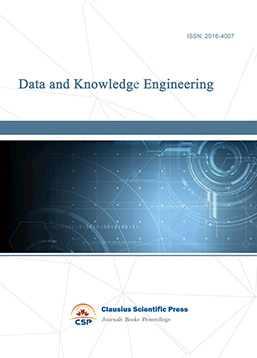
-
Journal of Database Systems
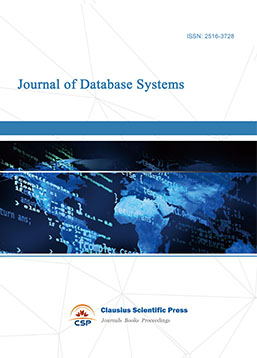
-
Journal of Cluster and Grid Computing

-
Cloud and Service-Oriented Computing
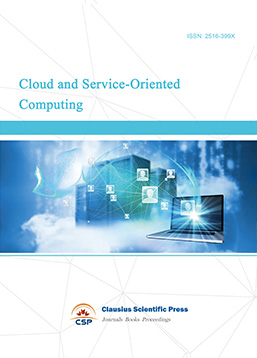
-
Journal of Networking, Architecture and Storage
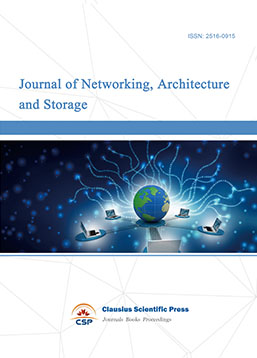
-
Journal of Software Engineering and Metrics
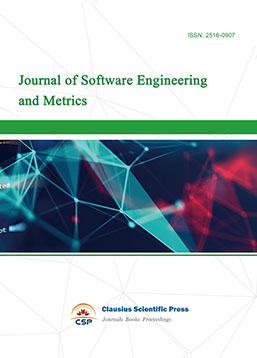
-
Visualization Techniques
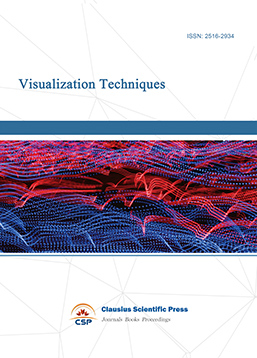
-
Journal of Parallel and Distributed Processing
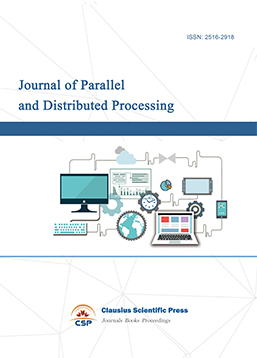
-
Journal of Modeling, Analysis and Simulation
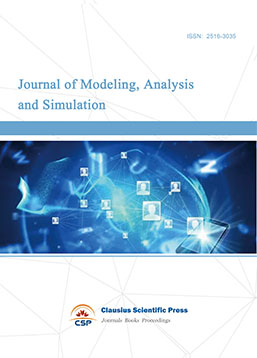
-
Journal of Privacy, Trust and Security

-
Journal of Cognitive Informatics and Cognitive Computing
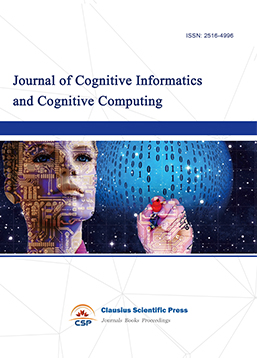
-
Lecture Notes on Wireless Networks and Communications
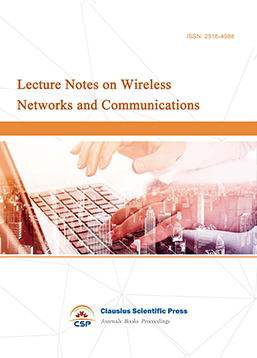
-
International Journal of Computer and Communications Security

-
Journal of Multimedia Techniques

-
Automation and Machine Learning
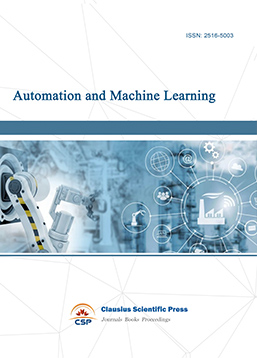
-
Computational Linguistics Letters
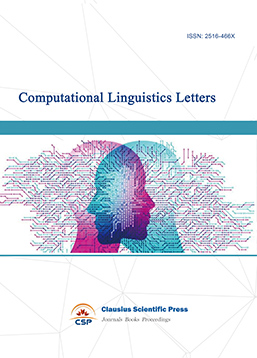
-
Journal of Computer Architecture and Design
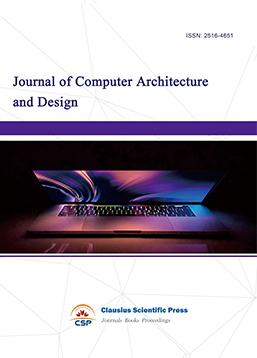
-
Journal of Ubiquitous and Future Networks
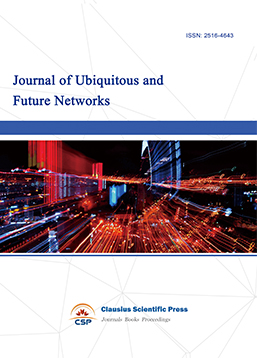

 Download as PDF
Download as PDF